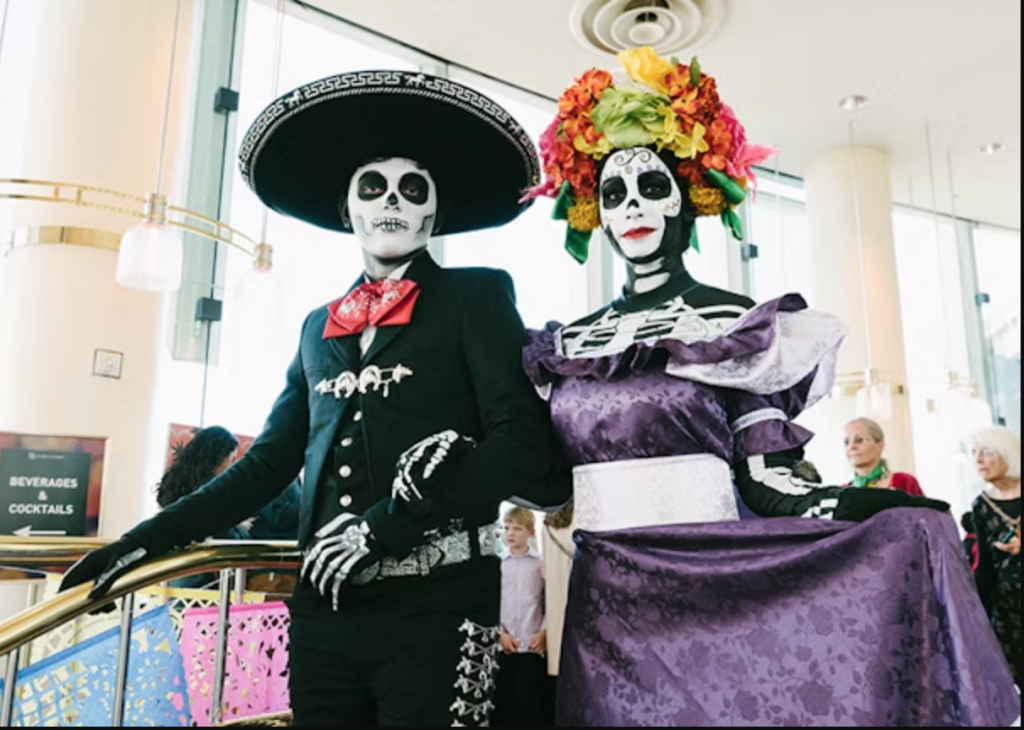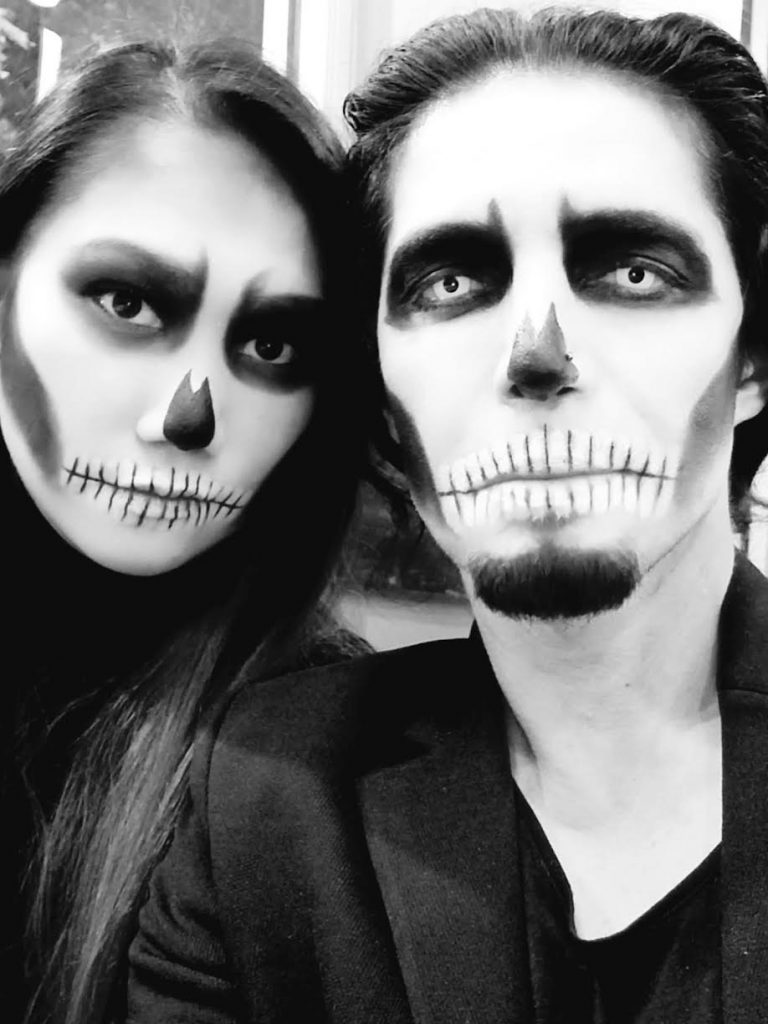
Written by Sason Bishope Parry
San Francisco – Dia De Los Muertos, or Day of the Dead, is one of Mexico’s most sacred and vibrant traditions, a celebration of life through death, where generations reconnect beyond the veil. It’s a time when families honor their ancestors with art, music, and offerings; when laughter and tears mingle beneath marigold petals, when memory itself becomes a living spirit.
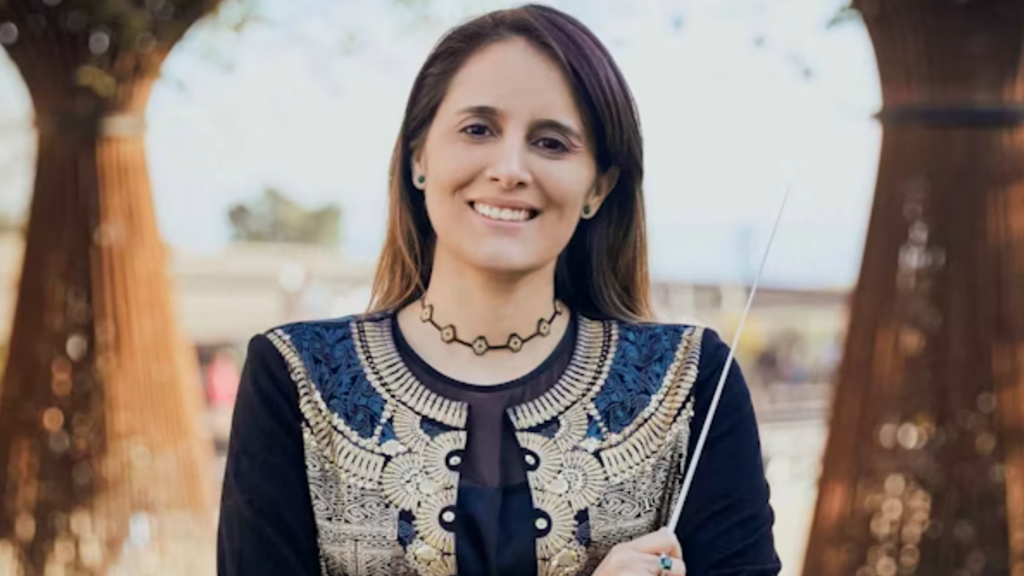
For nearly two decades, the San Francisco Symphony has honored this cultural legacy with its annual Dia De Los Muertos concert and celebration, a breathtaking fusion of sound, art, and soul that transforms Davies Symphony Hall into a radiant temple of remembrance. This year marked the 18th annual celebration, held on November 1st, and it was nothing short of transcendent. This is a day when tradition met imagination and Latin American culture was elevated through music, color, and heartfelt expression.
From the moment guests stepped through the grand doors of Davies Hall, they were immersed in an explosion of color and meaning. The lobby was lined with dazzling art installations and altars, lovingly curated by Martha Rodríguez-Salazar, the classically trained opera singer, flutist, educator, and cultural visionary, in collaboration with her artistic partner, Casa Círculo Cultural. Together, they transformed the hall into a sacred gallery of remembrance.

This year’s theme was particularly poignant, a tribute to children who have passed, evoking beauty, heartbreak, and deep reflection. Among the many breathtaking installations was one dedicated to Latinos who lost their lives attempting to cross the border, a powerful reminder of the human stories too often left untold. Each altar told a tale of love, loss, resilience, and the eternal connection between the living and the departed.
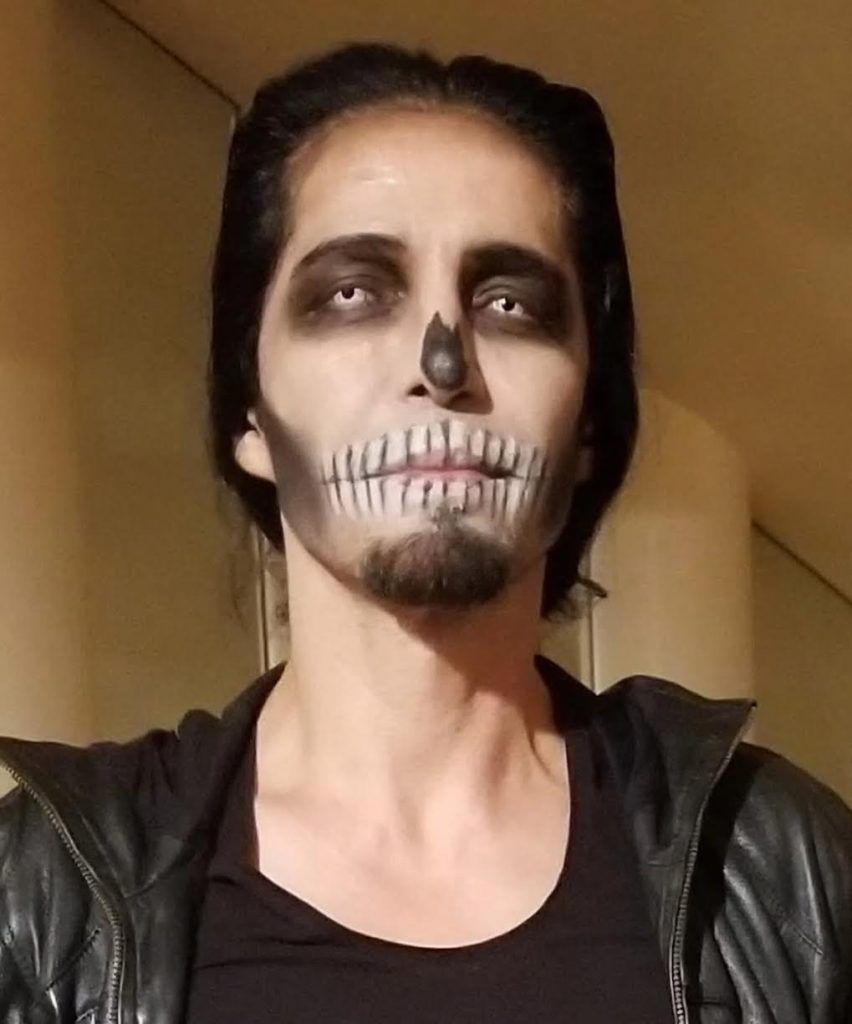
And of course, what would a Dia De Los Muertos celebration be without the skeletons and skulls? They were everywhere, grinning calaveras, intricately painted faces, and costumed guests that brought the afterlife to life. Fans and staff alike embraced the spirit, donning elaborate makeup, vivid attire, and joy-filled smiles. Culture was alive and well, and so, it seemed, were the spirits themselves.

Inside the hall, the concert was a masterful showcase of tradition meeting modern artistry. Conducted by the brilliant Lina González-Granados, the program wove together classical, contemporary, and folkloric sounds from across Latin America, curated once again by Rodríguez-Salazar and performed in collaboration with Casa Círculo Cultural.
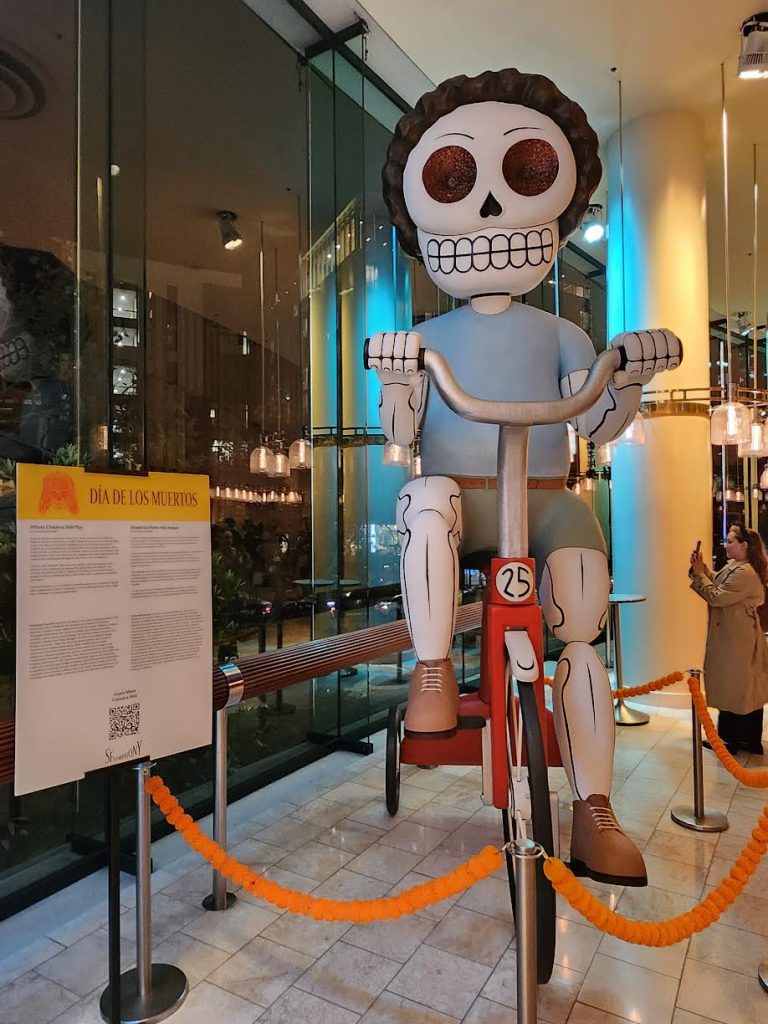
The lineup featured a stunning collection of works that painted a vivid portrait of Latin identity:
· Gabriela Ortiz – Kauyumari
· Arturo Márquez – Excerpt from Espejos en la Arena
· Ricardo Castro – Intermezzo from Atzimba
· Paul Desenne – Hipnosis Mariposa
· Jimmy López – Loud
· Arturo Márquez – Danzón No. 2
· Gabriela Lena Frank – The Mestizo Waltz from Three Latin American Dances
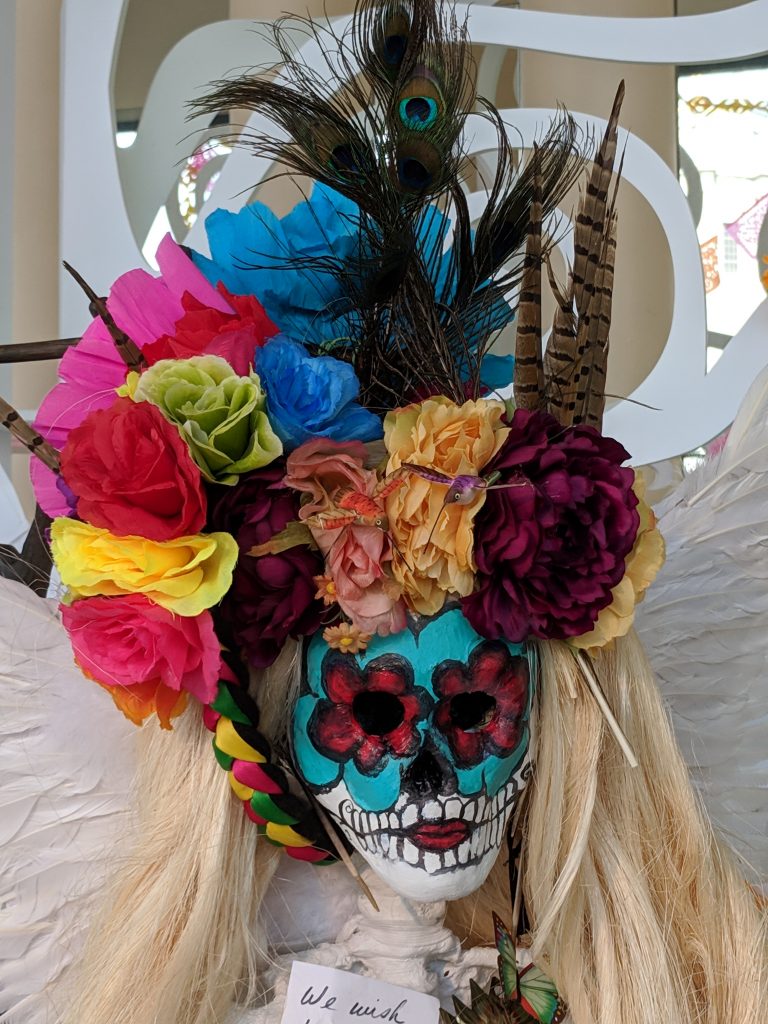
Each performance carried the pulse of ancestral rhythm, from Ortiz’s mystic tones to Márquez’s iconic Danzón No. 2; the symphony seemed to dance with the spirits themselves. The highlight for many came when cellist Santiago Cañón-Valencia took the stage, delivering a breathtaking performance that blurred the line between the sacred and the sublime.
Even the intermission had its charm. Guests mingled over festive drinks inspired by Pixar’s Coco, from the tropical, non-alcoholic Poco Loco for kids, to rich, indulgent Mexican hot chocolate for the adults. (Though as a vegan, I’m still waiting for them to roll out a plant-based version next year.)

By the final ovation, the energy in the room was pure magic. It wasn’t just applause for the music; it was applause for life itself. For memory. For culture. For the ones who came before us and the ones who carry their light forward. Eighteen years in, the SF Symphony’s Dia De Los Muertos celebration has evolved into more than just an event; it’s become a Bay Area tradition, a bridge between worlds, and a beautiful reflection of how Mexican heritage has woven itself into the vibrant fabric of San Francisco’s cultural heartbeat.
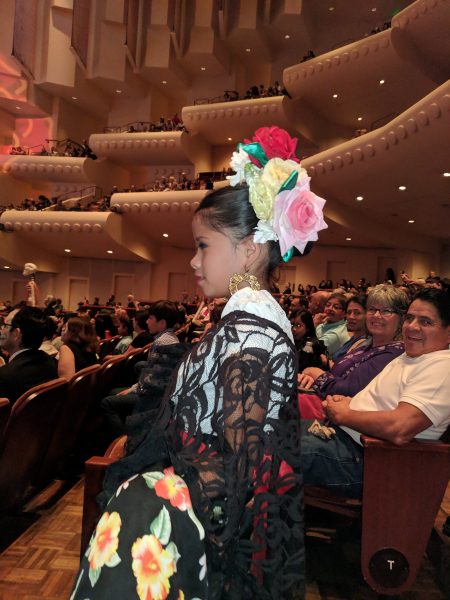
As the crowd began to spill out into the cool November night, I paused for a moment, looking down at the tattoo of my grandmother on my hand. I smiled, gave gratitude, and whispered a quiet thank-you as I’ve done every year at this event. I knew she was there, somewhere in the music, in the laughter, in the air, dancing among the marigolds, celebrating with us, and as always watching over me.
For more info on the SF Symphony, visit www.sfsymphony.org
